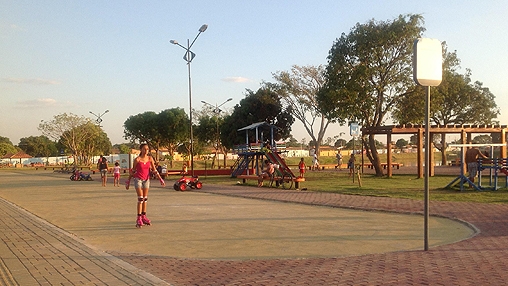Lagoas do Norte, located at the junction of the Poti and Parnaíba rivers, is known among locals as the site of Teresina’s founding in 1852. As the years have gone by, however, the area has gained a less noble reputation.
“Whoever lived and worked here suffered prejudice because the area was in rough shape. There were slums, garbage and animal corpses along the shore. It flooded all the time,” recalls Luiz Felipe da Costa, a 48-year-old driver.
Around 100,000 people live in Lagoas do Norte, 65% of whom earn US$ 1.50 a day. “I grew up in the region because my dad was a potter; he brought me here when I was 6. People used to dig for clay in the lagoons, but now we know that it’s a limited resource,” he adds.
After years of decay, Lagoas do Norte is now experiencing a form of rebirth. A four-year partnership between the City of Teresina, the Brazilian federal government and the World Bank has provided locals with new water and sanitation infrastructure, a shoreline park, cycling paths, wider roads, and a theater. In addition, 400 local families have been resettled from the coast to a nearby condominium.
“The waters are now a lot less polluted, the park is a tourist attraction and the relocated families have no need to fear future flooding,” says Vicente Moreira, project coordinator at the City of Teresina.
Such achievements were highlighted at the Rio+20 Conference last June. At the event, the Brazilian government showcased “Teresina’s Enhancing Municipal Governance and Quality of Life” Project as a prime example of green and inclusive growth.

